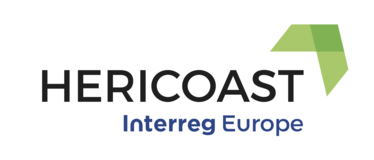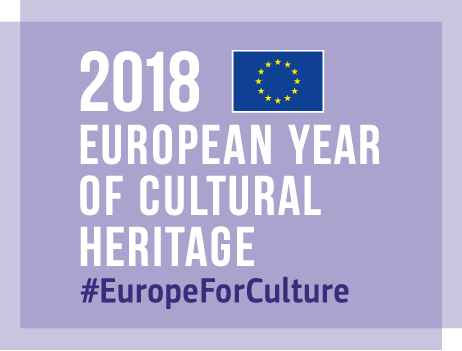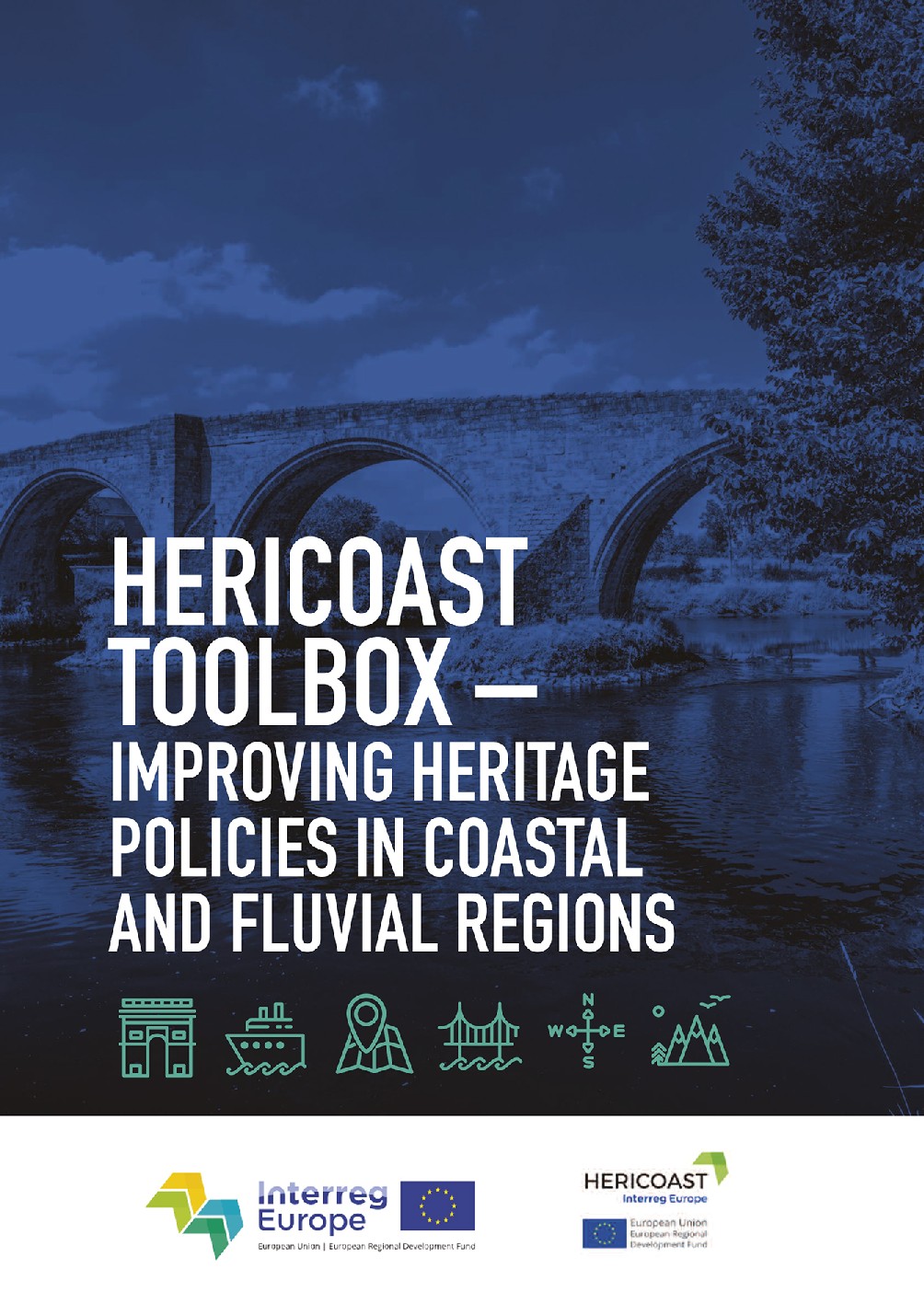Presentation 1:
Project Lead Claire McCallan set out the objective of the meeting – to learn from each other and to inform the outputs of the project for the betterment of the future of Donegal. Claire introduced the Hericoast project, the European dimensions and funding background. Emphasis is on engagement with stakeholders and exchange of knowledge.
There is a focus on the following interrelationships –
• Our connection with the coast
• Synergy between land and sea
• Coastal edge
• Coastal diversity
• Island culture
• Visiting experience
• Coastal communities
• Military heritage
• Built heritage
• Iconic landmarks
• Management of the coastal region
This presentation concluded with a statement that the project intends to inform future coastal management for local communities; increase appreciation of the value of the coast; reinforce a sense of identity; engender civic pride; empower communities.
Presentation 2:
Project Lead Alana Green discussed digitization of spatial data and its use in the Hericoast project.
The first step was to establish an evidence based description of the Donegal coast and its heritage assets working in tandem with the GIS section, DCC. This identified 19 seascape units based on best international practice from headland to headland, 3km inland and 15km seaward. Spatial data has been collated from in excess of 50 different sources to lay a foundation to effectively and objectively describe the coastal region to the European partners and to inform them of the uniqueness of the region.
Nationally and internationally, the evidence based approach has been welcomed and recently referenced by Dr Brian Smith, Director of Heritage Europe, and Dirk Gotzman, Director of CIVILSCAPE.
Presentation 3:
Andrea Harkin, GIS Assistant, elaborated on the use and analysis of spatial data as a lynch pin of the Hericoast project, the only European partner to do so. Details of the County Donegal Map Portal were given as was the development of the Hericoast Map Gallery. The aim of the analysis is to:
• To identify areas of overlap
• To identify areas under pressure due to lack of infrastructure and/or facilities
• To identify and assess vulnerability and capacity of areas
• To promote the Donegal Coastal Experience App.
The App will feed into a crowd sourcing WebApp story map that allows anyone to upload stories, photographs onto the portal. It will gather information and data not readily available through traditional methods. It is intended the App will be launched in early September.
Discussion
The group was divided into subgroups with the aim of engagement re future work programmes, value of coastal heritage in Donegal, models of best practice and so on.
Feedback was positive with the project welcomed as a means of securing our coastal heritage and communities. It was agreed that the National Planning Framework is a medium by which Hericoast could attain a wider platform. Complementarity of European projects was discussed as was overlap of data collection by various agencies.
Guest speaker
Mary Kerrigan, Architect, elaborated on “Heritage Streets Alive 2015”, a collaborative project between Letterkenny and Derry and informed the group of the importance of participation and engagement from within local communities.
Conclusion
Stakeholders welcomed the positive impact of the Hericoast project on the future management of Donegal’s significant heritage offer and resultant pressures. The potential of the project to inform applications for future funding, highlighting the importance of continuity between projects and the possibility of other coastal heritage projects flowing from Hericoast were emphasized.
27 persons attended the meeting.



